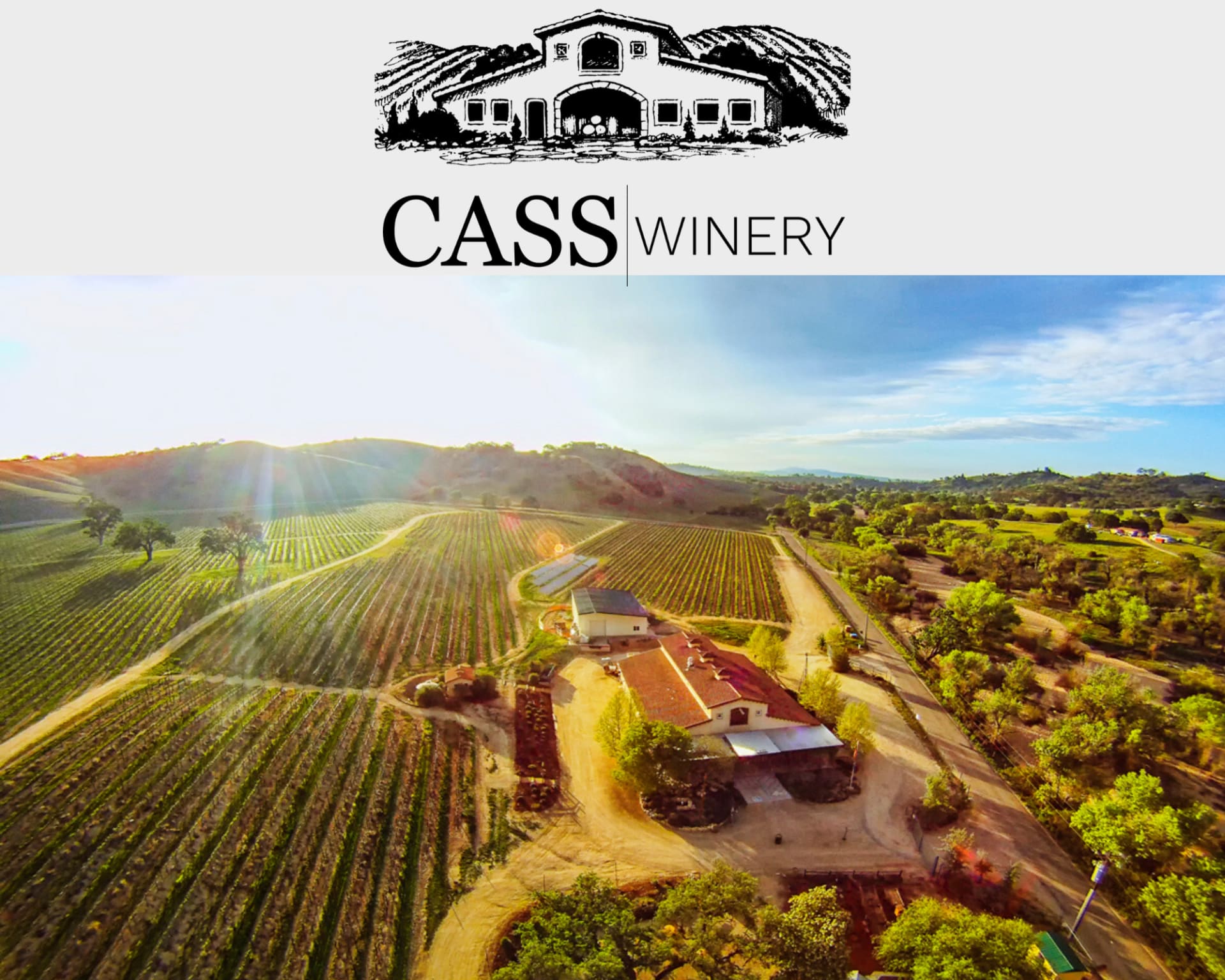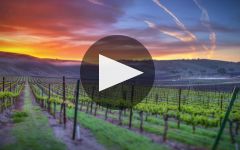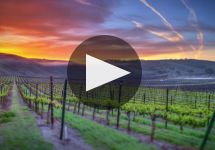Cass Winery Marsanne 2021



Product Details
Your Rating
Somm Note
Winemaker Notes
Other Vintages
2022-
Wine
Enthusiast



In 2000 the CASS vineyard was among the first California vineyards to be entirely planted with ENTAV certified clones from France. The winery was established in 2005 by Co-owners Steve CASS and Ted Plemons and produce 10,000 cases of 100% estate wines annually. The vineyard is 145 planted acres and grows eleven different varietals. Although CASS is considered a Rhône house, over half the vineyard is planted in Cabernet Sauvignon. In 2007 CASS opened a café which is open seven days a week and features farm to table seasonal and artisan menu items.
The CASS Estate Vineyard, located in the Geneseo AVA southeast of the town of Paso Robles, exemplifies the quality of the Paso Robles region with its warm days, cool coastal breezes, and exceptional soils. Deposited over centuries, the diverse alluvial soils make for an expressive site that produces fruit of incredible quality. A long growing season of warm days and cool evenings give rise to vibrantly ripened fruit with dynamic flavor profiles that translate beautifully in your glass.
Making old-world, Cote du Rhone inspired wines, with fresh California fruit.

One of the star whites of the Rhône Valley and ubiquitous throughout southern France, historically vignerons have favored Marsanne for its hardy and productive vines. It can make a fruity and delicious single varietal wine as well as a serious, full-bodied version with amazing aging potential. The best examples of Marsanne come from the northern Rhone appellations where it is also blended with Roussanne. Sommelier Secret—Some of the oldest Marsanne vines in the entire world exist not in France but in Australia, in the Victoria region. Settlers planted it in the mid to late 1800s, calling it “white Hermitage.”

Paso Robles has made a name for itself as a source of supple, powerful, fruit-driven Central Coast wines. But with eleven smaller sub-AVAs, there is actually quite a bit of diversity to be found in this inland portion of California’s Central Coast.
Just east over the Santa Lucia Mountains from the chilly Pacific Ocean, lie the coolest in the region: Adelaida, Templeton Gap and (Paso Robles) Willow Creek Districts, as well as York Mountain AVA and Santa Margarita Ranch. These all experience more ocean fog, wind and precipitation compared to the rest of the Paso sub-appellations. The San Miguel, (Paso Robles) Estrella, (Paso Robles) Geneso, (Paso Robles) Highlands, El Pomar and Creston Districts, along with San Juan Creek, are the hotter, more western appellations of the greater Paso Robles AVA.
This is mostly red wine country, with Cabernet Sauvignon and Zinfandel standing out as the star performers. Other popular varieties include Merlot, Petite Sirah, Petit Verdot, Syrah, Grenache and Rhône blends, both red and white. There is a fairly uniform tendency here towards wines that are unapologetically bold and opulently fruit-driven, albeit with a surprising amount of acidity thanks to the region’s chilly nighttime temperatures.
